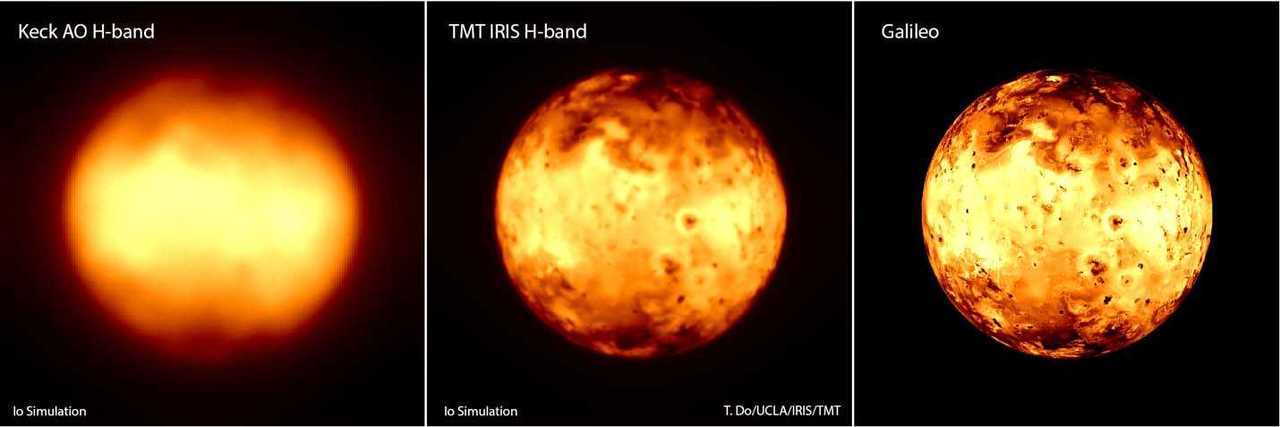

Design of the Thirty Meter Telescope’s IRIS (InfraRed Imaging Spectrograph), recently achieved a major milestone. The IRIS design team successfully completed the first of two slated Preliminary Design Reviews, which spanned the complete opto-mechanical design for the instrument. Additionally, the full set of operational concepts as well as all system and subsystem level design requirements and interfaces were presented.
IRIS is a first light instrument designed to operate in the near-infrared (0.84-2.4 μm). It will enable the broad study of astronomical objects by providing data sets that are exquisite in their detail. It will achieve an angular resolution 10 times better than images from the Hubble Space Telescope. As one of the highest angular resolution near-infrared instruments in the world, it will help usher in a new era of astronomical study.
The instrument will sample the diffraction limit provided by the Thirty Meter Telescope at wavelengths greater than 1 μm. The IRIS design features an integral field spectrograph (R~4000), which itself provides two sampling techniques. The current sequential design also provides an imager with a 34"x34" field of view. Both the spectrograph and imager will take advantage of the high spatial resolution achieved with the Narrow-Field Infrared Adaptive Optics System (NFIRAOS).
The review panel, chaired by Niranjan Thatte - Professor of Astrophysics at the University of Oxford - consisted of experts both external and internal to the project. It will be followed by the second IRIS Preliminary Design Review in late summer 2017, which will review the electrical and software designs as well as safety and quality assurance plans.
The IRIS partnership collaborated for three and a half years, relying on strong cross cultural communication, design heritage and a clear scientific vision to produce the current design; culminating in a successful review. This established tenacity has positioned the IRIS team to tackle the design challenges ahead.
The IRIS design consortium is a partnership between the University of California at Los Angeles (UCLA), the California Institute of Technology (Caltech), National Research Council (NRC) of Canada - Herzberg, National Astronomical Observatory of Japan (NAOJ), University of California at Santa Cruz (UCSC), University of California at San Diego (UCSD) and the Nanjing Institute of Astronomical Optics and Technology (NIAOT). James Larkin (UCLA), Principal Investigator and Shelley Wright (UCSD), Project Scientist are leading the instrument development program.
The review meeting was held at the Thirty Meter Telescope International Observatory (TIO) project office in Pasadena, California. Through a combination of face-to-face and virtual participation, more than 50 astronomers and engineers from the IRIS team attended the review.
TMT’s Telescope Structure Final Subsystem Design Review Completed
TMT Common Software Production Begins